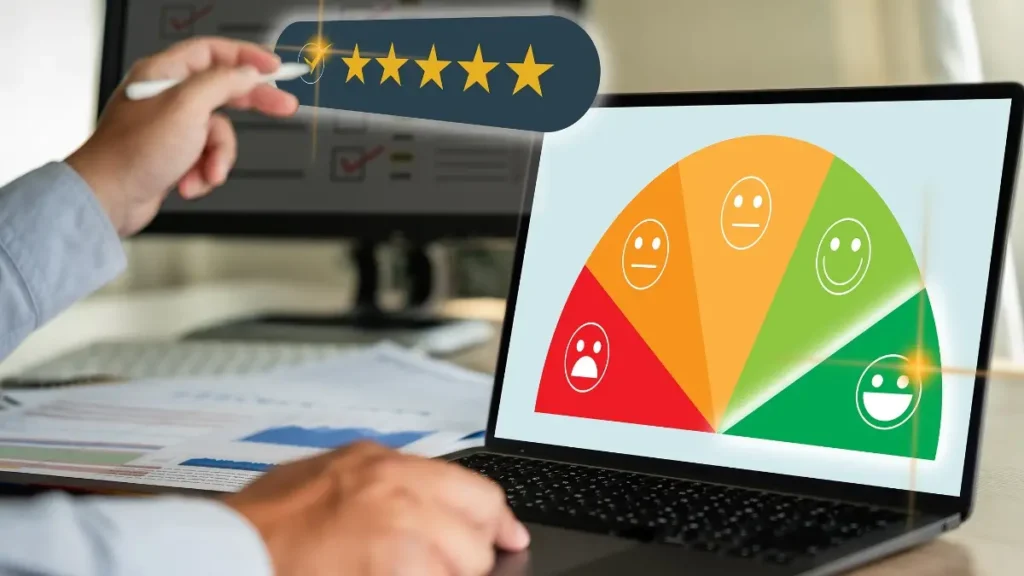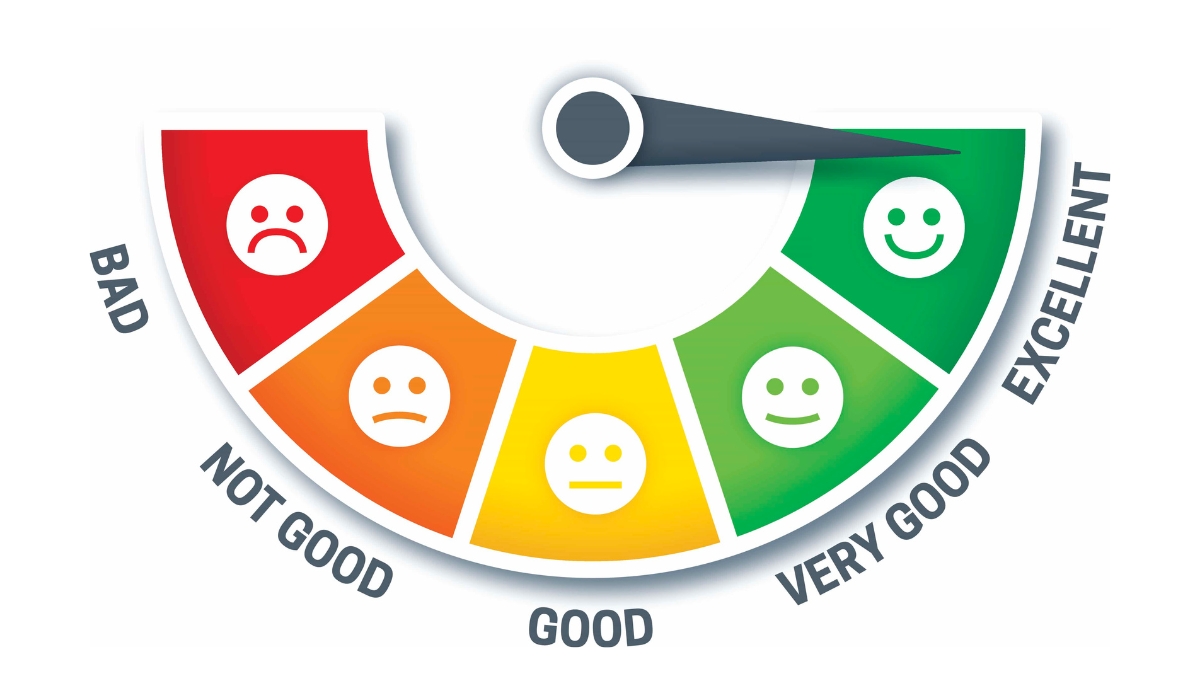NPS Full Form: Understanding The Meaning of NPS
NPS is a customer satisfaction metric that has gained immense popularity in recent years. It is widely used by businesses to measure customer loyalty and gauge their likelihood of recommending the brand to others. In this article, we will discuss the NPS full form, how it works, and its significance in the business world.
Read Our Other Full Forms

Introduction
Customer satisfaction is the secret to success in today’s fiercely competitive business environment. Long-term success is more likely for businesses that put their customers’ needs and preferences first. The Net Promoter Score (NPS) enters the picture here.
NPS is a measure of customer loyalty that was first developed by Bain & Company partner Fred Reichheld in his 2003 Harvard Business Review article, “The One Number You Need to Grow.” Since then, it has grown to be a well-liked instrument for gauging customer loyalty and satisfaction.
What is NPS?
NPS is a simple but powerful metric that measures the likelihood of customers recommending a brand to others. It is based on a single question: “On a scale of 0 to 10, how likely are you to recommend [Brand X] to a friend or colleague?” Based on their response, customers are classified into three categories:
- Promoters (score 9-10): These are loyal customers who are highly likely to recommend the brand to others.
- Passives (score 7-8): These are satisfied customers, but they are not as enthusiastic as Promoters.
- Detractors (score 0-6): These are unhappy customers who are likely to spread negative word-of-mouth about the brand.
How does NPS work?
NPS works by collecting customer feedback through a survey that contains the NPS question. The survey can be conducted through various channels, such as email, SMS, or social media. Once the responses are collected, the NPS score is calculated by subtracting the percentage of Detractors from the percentage of Promoters.
Understanding the NPS Scale
The NPS scale ranges from -100 to +100, with a higher score indicating a higher level of customer loyalty. A score of 0 means that the number of Promoters and Detractors is equal.
Calculating NPS
Calculating NPS is a simple process. Let’s say you surveyed 100 customers and got the following responses:
- Promoters: 50
- Passives: 30
- Detractors: 20
To calculate NPS, you first need to calculate the percentage of Promoters and Detractors:
- Promoters: 50/100 = 50%
- Detractors: 20/100 = 20%
Next, subtract the percentage of Detractors from the percentage of Promoters:
- NPS = 50% – 20% = 30
Therefore, your NPS score is 30.
Advantages of using NPS
There are several advantages of using NPS as a customer satisfaction metric:
- It is simple and easy to understand
- It provides a clear picture of customer loyalty and satisfaction
- It helps identify areas for improvement
- It can be used to benchmark against competitors
- It is a reliable predictor of business growth
Limitations of using NPS
While NPS is a popular and effective metric, it also has some limitations:
- It only measures one aspect of customer satisfaction
- It does not provide in-depth insights into customer behaviour.
- It can be influenced by factors outside of the company’s control
Best practices for implementing NPS
To get the most out of NPS, businesses should follow these best practices:
- Use a representative sample of customers
- Use a consistent methodology
- Act on the feedback received
- Communicate the results to all stakeholders
- Continuously monitor and improve the NPS program
NPS vs. other customer satisfaction metrics
There are several other customer satisfaction metrics, such as Customer Satisfaction Score (CSAT) and Customer Effort Score (CES). While they all measure customer satisfaction, each metric has its unique strengths and weaknesses. NPS, for example, is more focused on loyalty and advocacy, while CSAT measures overall satisfaction with a particular experience.
NPS in different industries
NPS is widely used across different industries, including healthcare, hospitality, retail, and finance. However, the benchmark scores can vary widely depending on the industry. For example, a score of 50 in the airline industry might be considered excellent, while in the software industry, it might be average.
Examples of NPS implementation
Several companies have successfully implemented NPS and seen significant improvements in customer loyalty and business growth. For example, Apple Inc. consistently ranks high on the NPS scale, with scores in the 70s and 80s. Similarly, online retailer Zappos uses NPS as a core metric and has achieved a score of 93.
NPS and customer experience management
NPS is an integral part of customer experience management (CEM). By using NPS to measure customer satisfaction and loyalty, businesses can identify areas for improvement and make data-driven decisions to enhance the overall customer experience.
NPS and employee engagement
Employee engagement is closely linked to customer satisfaction and loyalty. By measuring NPS among employees, businesses can identify areas for improvement and take steps to improve employee satisfaction, which in turn can lead to higher levels of customer loyalty.
NPS and business growth
Studies have shown that companies with higher NPS scores tend to have higher revenue growth rates than those with lower scores. This is because loyal customers are more likely to make repeat purchases and refer others to the brand.
Conclusion
NPS is a powerful tool for measuring customer satisfaction and loyalty. By implementing NPS and following best practices, businesses can gain valuable insights into their customers’ needs and preferences, identify areas for improvement, and drive business growth.
Frequently Asked Questions
Q.1 How often should we conduct NPS surveys?
It depends on the business and industry. Some companies conduct surveys quarterly, while others conduct them annually.
Q.2 Can NPS be used for B2B businesses?
Yes, NPS can be used for B2B businesses as well.
Q.3 What is a good NPS score?
A good NPS score varies by industry, but a score above 50 is generally considered good.
Q.4 Can NPS be used for measuring employee satisfaction?
Yes, NPS can be used for measuring employee satisfaction.
Q.5 How can we improve our NPS score?
By acting on the feedback received and continuously improving the customer experience.













